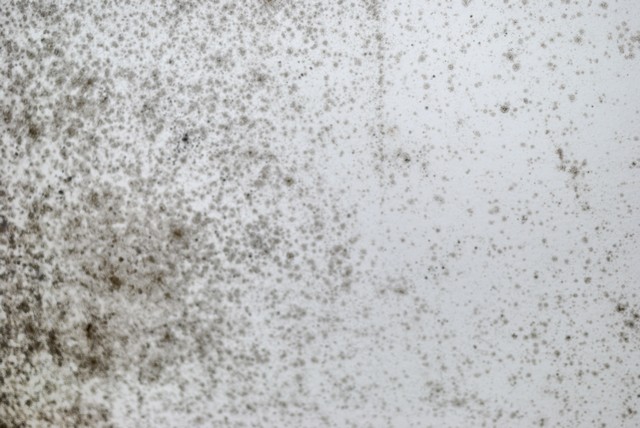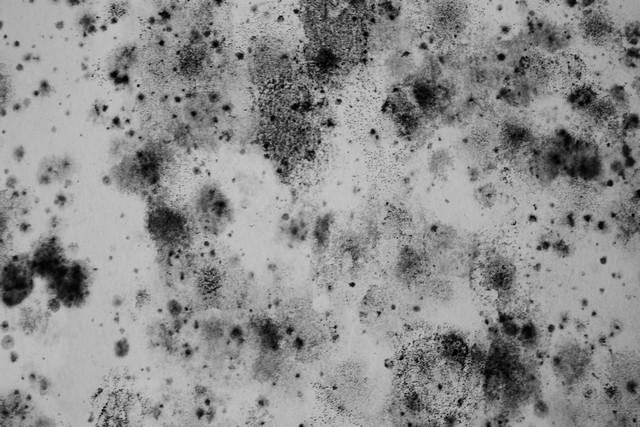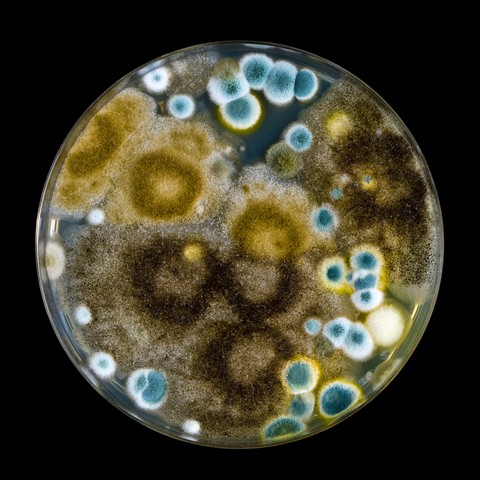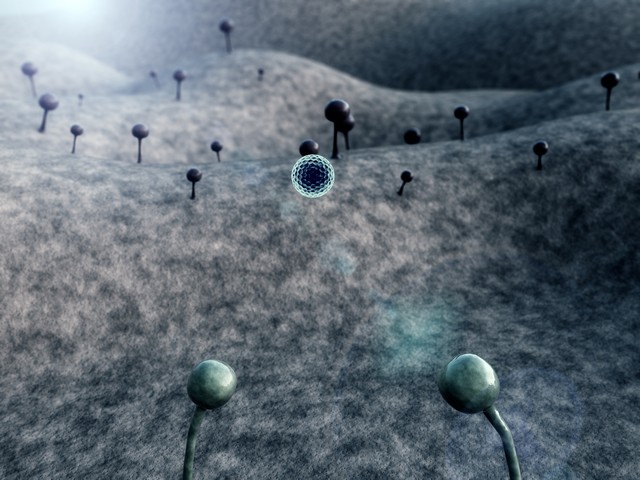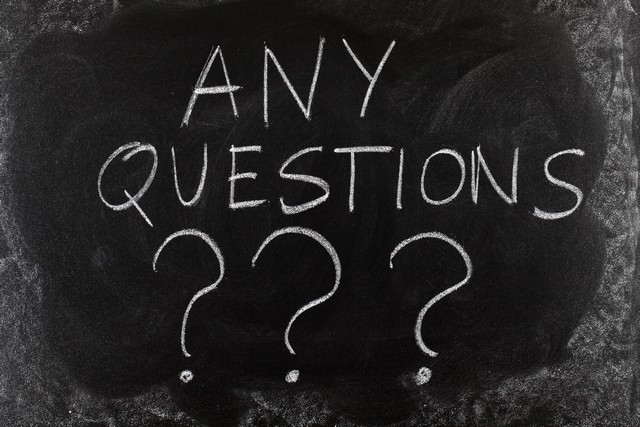Is Black Mold Dangerous?
Mold B Gone are mold inspection and mold removal experts serving the Atlanta, Georgia area. We have helped 1000s of consumers and business owners with their mold issues using our 8 step mold removal process and eco-friendly chemicals that prevent future mold growth. We are so confident in our mold removal system that we guarantee our work!
One of our goals is to educate consumers about mold through our blog. We are often called by people who are concerned that they may have black mold growing in their homes or businesses. Please don’t panic! We are here to help and are just a phone call away, 470-545-4467!
One of the most common questions we encounter pertains to black mold. The purpose of this article is to explain what black mold is, why it grows, and the potential health consequences of exposure.
What Is Black Mold?
Stachybotrys molds decay organic matter. The most common species, Stachybotrys chartarum, sometimes referred to as Stachybotrys atra often grows indoors.
Ideal conditions for Stachybotrys growth include moisture, a nutrient/food source, temperature, and time. Ideal humidity for this black mold is a relative humidity of 90% or higher for it to begin the germination growth process. Stachybotrys feeds on materials with a high cellulose content such as hay, straw, wood chips, and building materials such as ceiling tile, drywall, paper vapor barriers, wallpaper, insulation backing, cardboard boxes, and paper files.
Stachybotrys is considered the King of Molds because it will develop into the dominant mold group if the conditions are favorable and will crowd out the other molds that began feeding on the material first.
This happens because unlike other molds like Aspergillus, Penicillium, and Cladosporium which begin growing within one to two days, Stachybotrys takes one to two weeks to begin growing.
Don’t Disturb Black Mold!
When Stachybotrys mold is growing on wet material, the spores do not disperse as easily because the spores are held together by a sticky/slimy coating. However, when the material dries out or is disturbed, the spores will spread through the air.
The main concern of a mold remediation contractor is to prevent the spread of toxic black mold. The most effective method of doing this is through containment, which is the process of creating a poly barrier around the area where the Stachybotrys mold is growing.
This procedure is so important because Stachybotrys spreads by releasing spores. Mold contaminated materials must be removed and disposed of because this mold does not just grow on the surface of the material; it has root-like tendrils called mycelia, meaning it is able to penetrate the surface.
Typically Stachybotry mold grows in clusters at the end of stem-like structures known as hyphae.
Black Mold and Health!
Stachybotrys produces a mycotoxin (i.e., poison from a fungus) named trichothecenes.
Stachybotrys black mold is a health concern because animal studies have shown that one of the major effects of trichothecenes is immuno-suppression.
In fact, even low level exposure can suppress the immune system resulting in bacterial and viral infections, coughing, skin irritation, and other allergic reactions, and there is some speculation that it may even cause cancer.
Listed below are the top 15 health conditions caused when toxic Stachybotrys black mold is inhaled or ingested:
- Sore/hoarse throat
- Cold and flu symptoms (headaches, slight fever, and muscle aches)
- Nosebleeds
- Tingling or burning of nose, mouth, and perspiration areas (under the arms or between the legs)
- Chronic fatigue
- Dizziness
- Nausea/vomiting
- Memory loss
- Attention deficit/concentration problems
- Personality changes such as irritability or depression
- Neurological disorders such as tremors
- Hair loss
- Coughing with blood
- Bleeding in the lungs (hemosiderosis)
- Damage to internal organs including blood, liver, kidneys, and lungs
Got Black Mold Questions?
If you are concerned that you may have black mold in your home or business that requires removal, call Mold B Gone, 470-545-4467 or send us an e-mail.
Black Mold Summary!
The infographic below, courtesy of the Mold Blogger, provides an excellent summary on black mold and the health symptoms of exposure.
The Truth About Black #Mold! | #Atlanta GA | Mold-B-Gone https://t.co/q55tueydcP PLEASE RETWEET pic.twitter.com/1V4ZCQByt7
— Mold B Gone (@moldbgonega) August 29, 2018

